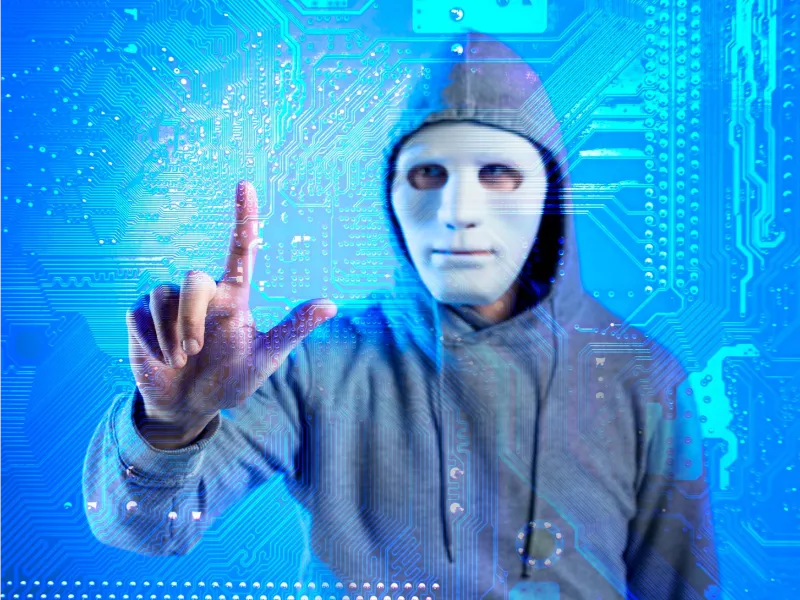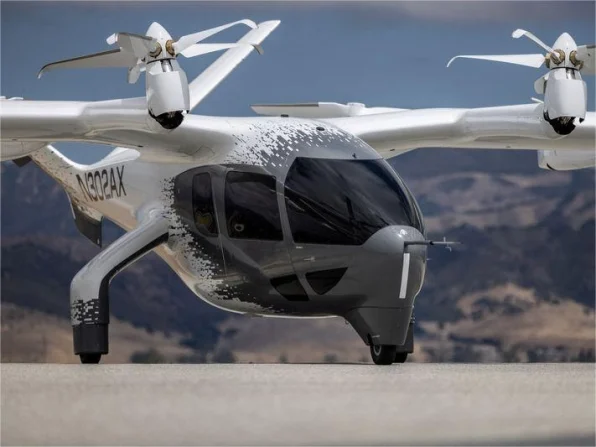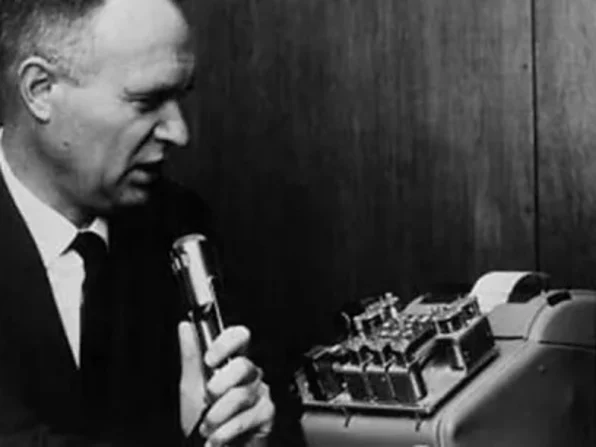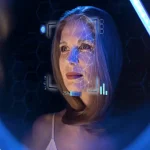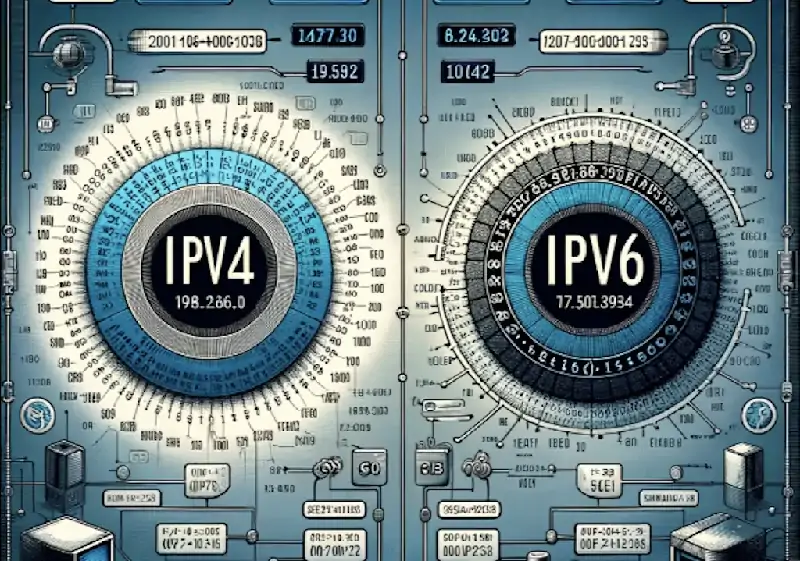- Deepfakes, powered by Generative Adversarial Networks (GANs), merge images or videos onto source content, creating highly realistic but potentially misleading audiovisual material.
- Positive uses of deepfake technology include enhancing education through interactive virtual teachers and creating authentic entertainment experiences in film, documentaries, and news broadcasting.
- Risks associated with deepfakes include the potential for spreading misinformation, exacerbating social conflicts, and posing threats to national security by allowing malicious actors to manipulate public opinion and impersonate individuals.
Currently, deepfake technology has been utilised in various scenarios such as film and television production. However, it has also sparked concerns among people about its potential misuse for malicious purposes, such as spreading misinformation and manipulating public opinion.
Introduction to deepfakes
Deepfakes refer to the use of machine learning models called Generative Adversarial Networks (GANs) to merge images or videos onto source images or videos. Leveraging neural network technology for large-scale learning, deepfakes involve synthesising false content by combining an individual’s voice, facial expressions, and body movements. The most common form of deepfakes is AI face swapping, which also includes voice synthesis, facial synthesis, video generation, and more. This technology enables the creation of highly realistic and difficult-to-distinguish audiovisual content, making it impossible for observers to discern authenticity with the naked eye.
Also read: What is the difference between generative AI and discriminative AI?
Positive applications of deepfakes
In education, virtual teachers enhance digital learning with interactivity and engagement, while synthesised historical figures’ explanatory videos create a more immersive experience for learners.
In entertainment, deepfake technology breaks the boundaries of time and space in artistic creations like movies and documentaries, presenting content in a more authentic manner. It can create virtual anchors for news broadcasts and highly relatable virtual idols.
Additionally, deepfakes find applications in art, social interactions, virtual reality, healthcare, and other fields.
Also read: How much does an AI chatbot cost?
Risks associated with deepfakes
Malicious actors may exploit deepfake technology to spread false videos, exacerbate social conflicts, incite violence and terrorism, or interfere with competitive intelligence agencies, posing threats to national and public security.
The accessibility of video face-swapping technology allows ordinary individuals to create manipulated videos, enabling ill-intentioned individuals to easily impersonate or steal identities, potentially leading to actions such as revenge porn, commercial defamation, extortion, cyberattacks, and criminal activities, causing harm to individuals and businesses.
Experts believe that deepfakes deepen public distrust in governments. As awareness of the dangers of deepfakes grows, the public may become more sceptical of genuine videos, confusing real and fake information and adopting a sceptical attitude towards official clarifications, leading to societal anxieties and trust crises.
Currently, AI-generated fake audiovisual content can convincingly deceive, leading to an increase in successful deception cases. To address this, countries are implementing legislative and technological measures. However, the ongoing cat-and-mouse game between deepfakes and anti-deepfake measures will persist as AI technology advances, necessitating continuous attention and response.
